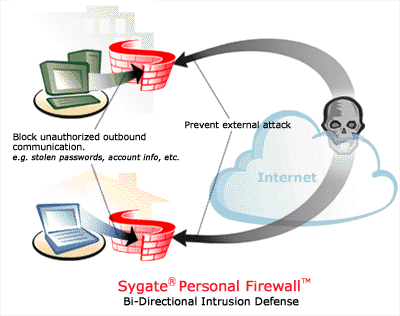|
A Parity Bit is a single bit
(0 or 1) added onto the end of a byte of data. If even
parity is used then the number of 1 bits in any
transmitted data must always be even. In the following two bytes, the red bit is the parity bit :
0010110 1
1110111 0
The receiving computer will check the number of 1-bits in the
data. If data is received with an odd number of bits then the
computer will know the data has been corrupted during the
transmission - and will ask for the data to be sent again.
Odd parity uses an odd number
of 1-bits in every byte.
|


